I sit bolt upright in bed at five fifty-five in the morning. Did I put the clothes in the dryer? Snooze button, twice. Days melt into one another, and I find myself in a familiar, sometimes tedious routine. Grabbing a t-shirt from the drawer that had been hastily put away after being in said dryer too long. It doesn’t matter; I don the shirt without a second thought.
The morning drive is when I get the day lined up in my head. This accounts for a lot of thinking overall: 29,000 miles on the odometer in the last 12 months to accommodate all of my commitments.
As I sit in a morning meeting with a crumpled mess of a t-shirt hidden under my jacket, I remind myself how close I’m getting to my goal of a career change. I recall alluring job postings, and in my mind, was the ideal candidate -until the roadblock inevitably revealed itself: Submit portfolio of writing samples. I was not an employable writer by any stretch; I had an unremarkable, short-lived stint writing for a forgotten publication, reviewing independent short films for the Tribeca Film Festival circa early 2000s. My announcement one day that I had to curtail my assignment to care for my young child met with incredulous disbelief that I would put my child over such an opportunity.
The words were, “You have a what?”
Yes, I missed a deadline, but this endeavor was akin to that infamous participation dance, the Hokey Pokey. I had one foot in and one foot out of this job. The timing was all wrong.
Fast forward to the spring of 2020. My livelihood as a professional makeup artist was gone overnight. Did I mention I was a newly minted single mom at this juncture?
Consequently, survival mode kicked in. I had to reinvent myself. No small task, but I thought of this as a second chance. I was going to finish my degree so that I could get the type of job that I wanted but never applied for because I simply was not qualified. I hit submit and sent my application to the University of New Haven and never looked back.
I now juggle a schedule that consists of, but is not limited to: two teens, a full-time job and a full-time course load, and I must not forget the three sets of eyes that quietly stalk me each morning when I rise. If you asked my kids about my absence due to work and school, it presents as a sacrifice for sure. Like other nontraditional students, life outside school does not stop, and sometimes it gets overly complicated because of school.
According to the National Center for Education Statistics, “Nontraditional status is based on the presence of one or more of seven possible nontraditional characteristics. These characteristics include older than typical age, part-time attendance, being independent of parents, working full time while enrolled, having dependents, being a single parent, and being a recipient of a GED or high school completion certificate.” I mirror six of these seven criteria.
Notably, nontraditional students make up 21%of the student body at University of New Haven. Josh Bird, a junior, is here through the Yellow Ribbon Program, which is available to veterans who want a higher education. The program covers any tuition fees not paid by the post-9/11 GI Bill. Bird and his wife, who has a full-time job, manage a household while caring for their young daughter, who is a toddler now.
“The [course]work itself is not the biggest challenge- it’s the time,” said Bird, an English major with a concentration in writing. He wants a career in creative writing.
Indeed, finding quality time is of essence, as Bird explained from an empty lounge on campus that I will be seeking out as soon as possible. My knowledge of this lounge was previously nonexistent. As a commuter, I limit myself to exploring the campus beyond what is necessary to my schedule, regularly leaving after classes.This experience differs greatly from student residents who engage in the college experience in a more traditional manner.
Additionally, reasons vary for those who, seek higher education well into their thirties, forties and even fifties. Can shifting economic commitments such as expecting a child, getting married, or even losing a spouse contribute to the desire? Furthermore, people seeking to upskill, reskill, or simply find a more satisfying career are among the students who seek higher education, which can result in higher income and more preferable work settings.
Traditional students also fall into some of these categories, and we all have unique sets of circumstances. The challenges of attending college at a traditional age may seem no less daunting at times than that of a nontraditional student.
How can someone incorporate undergraduate or graduate-level courses to an already busy life? Learning to prioritize is the chief component of managing a complex and demanding schedule, think of it as being in a constant state of improvisation.
Managing commitments requires a stockpile of tactics that can help neutralize a chaotic docket: chase goals by completing small tasks (all the time); define your boundaries; learn to say “no” to anything that is not linked to your success; find someone, even if it is just one person, that believes in you,; know in advance, you will miss momentous events with friends or loved ones at some point.
When things go sideways, being flexible is a must. Feeling flexible is even better. Inner dialogue can manifest a much-needed mental boost, aiding in resilience and motivation. Rest when you are tired to avoid burnout and decision fatigue. The best way to beat down blues quickly and economically is an Epsom salt bath.
Ultimately, whether traditional or non-traditional, the goals we share make us more alike than different. If one day you find yourself in a set of circumstances that point to returning to college, and are fortunate enough to return to pick up where you left off or start anew, embrace it. For now, take a moment to consider the present and your desired future. Imagination is the author of your reality.



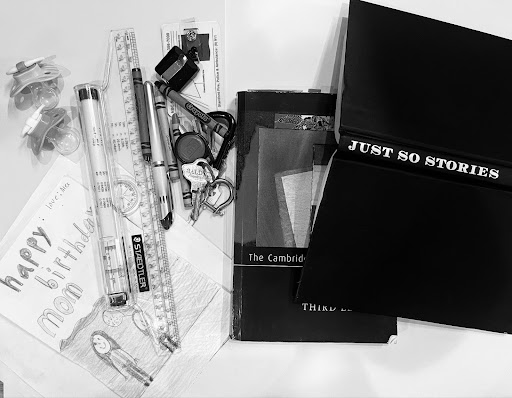







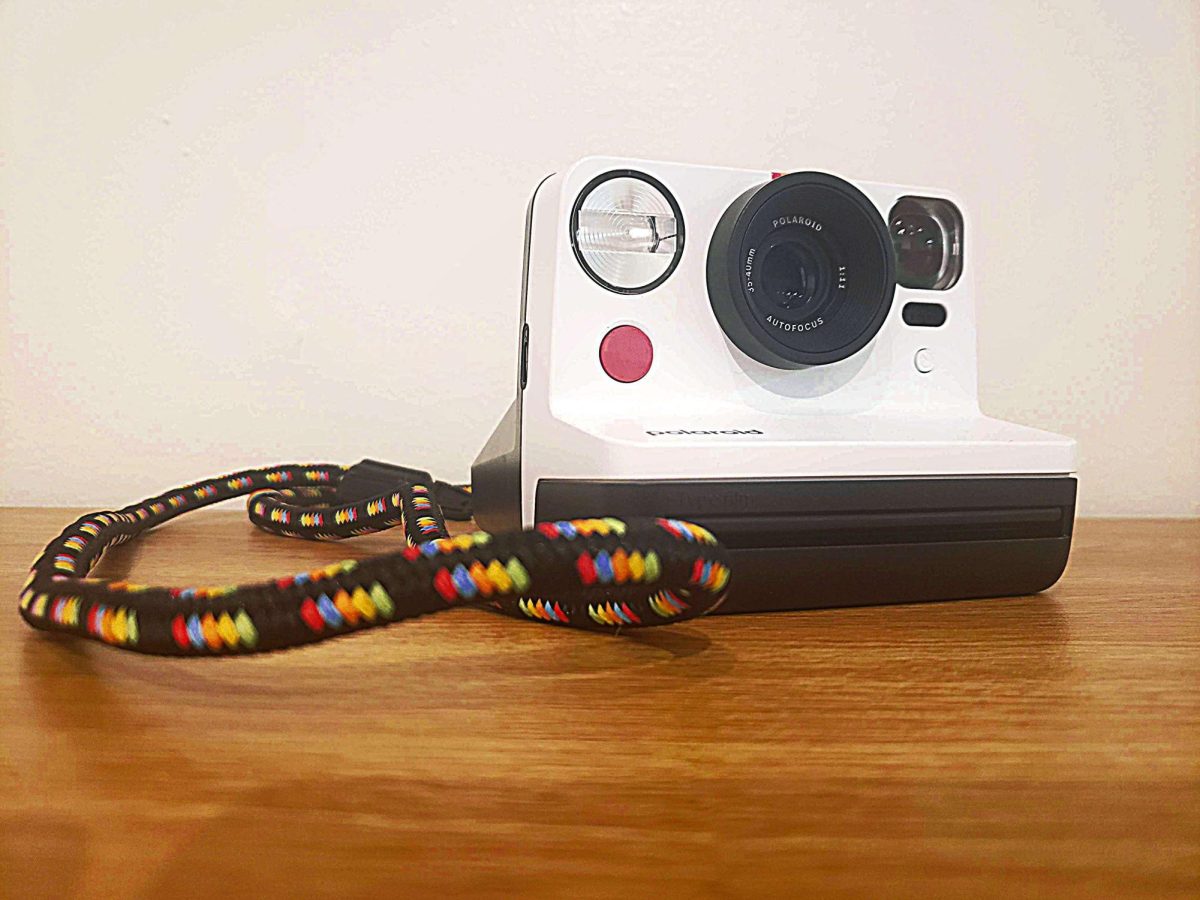

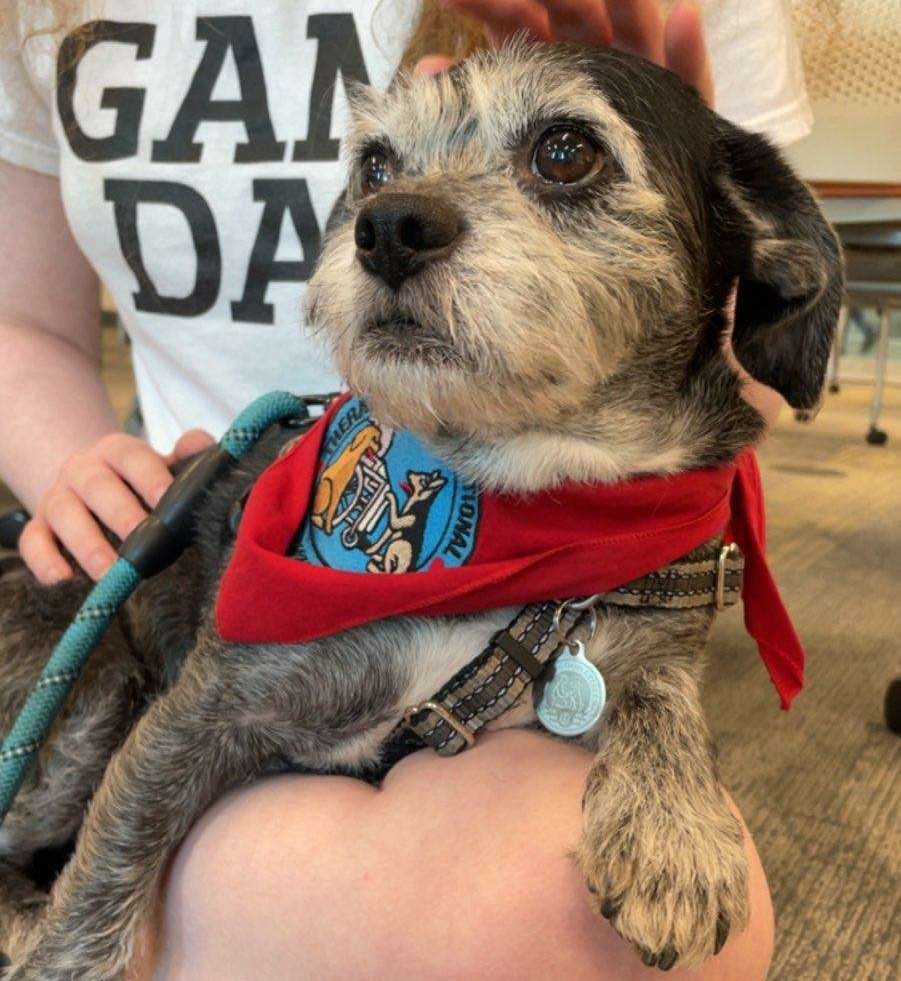




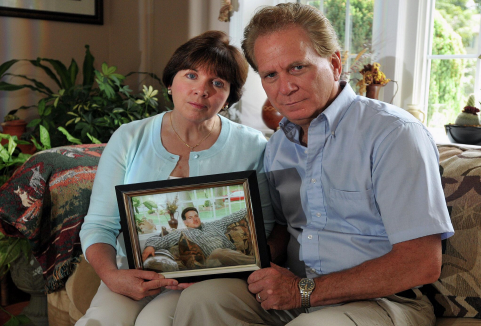



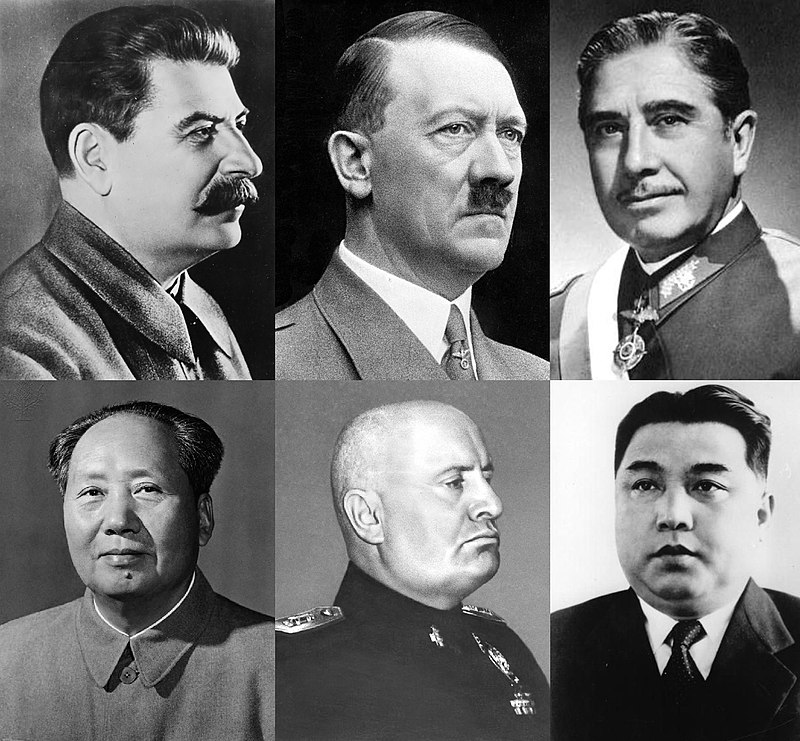



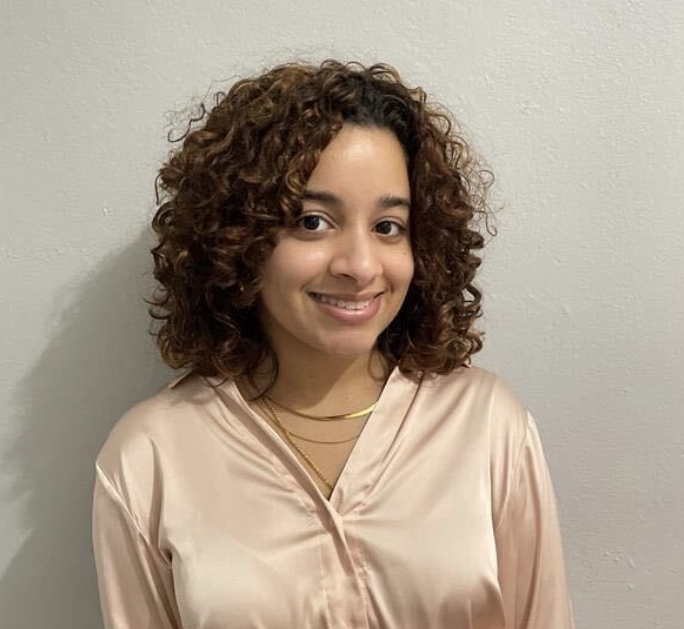



Andrea Ferguson • Mar 30, 2024 at 3:50 pm
Wonderful. Thought provoking.